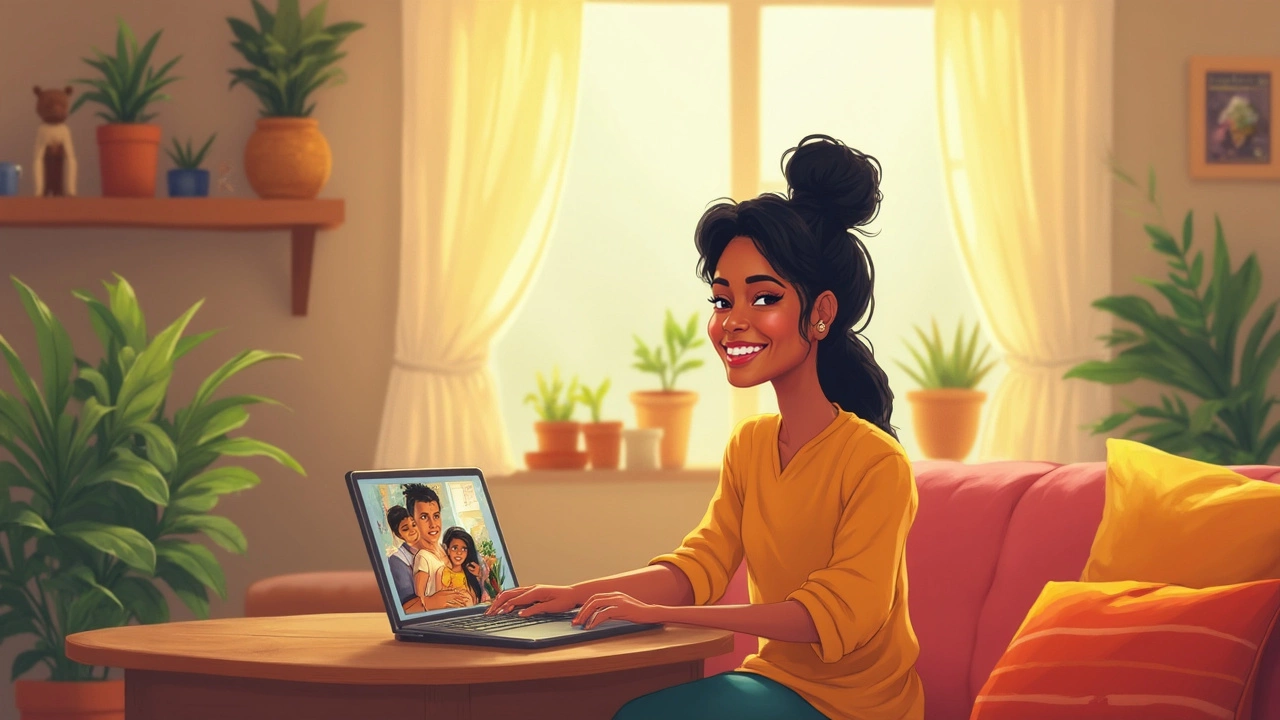Simple Photo Editing: Fast Tips & Free Tools
Got a photo that needs a quick touch‑up? You don’t need a pricey software suite or a Photoshop degree. A few minutes with the right free app can turn a dull snap into a share‑worthy image.
First, decide what you actually need. Is it a brightness tweak, a crop, or a removal of an unwanted object? Knowing the goal keeps the process short and prevents you from digging into complex menus you’ll never use.
Why Keep It Simple?
Simplicity saves time. When you’re scrolling through Instagram or sending a photo to a client, you want the edit done in under a minute. Simple tools focus on the most common adjustments—exposure, contrast, saturation, and cropping—so you can see results instantly.
Simple edits also keep your original image quality high. Over‑editing with many layers can introduce noise or artifacts. Stick to one‑click filters or basic sliders, and you’ll preserve detail while still looking polished.
Another win is that simple editors are usually mobile‑first. That means you can edit on the go, directly from your phone’s gallery, without transferring files to a computer.
Best Free Apps for Simple Editing
Here are three truly free options that deliver the basics without hidden fees:
- Snapseed – Google’s Snapseed offers a full‑screen editing suite with precise sliders for brightness, contrast, and selective adjustments. Its “Healing” tool removes spots or wires in a single tap.
- Pixlr X – Pixlr’s web and mobile version provides easy‑to‑use filters, quick crop, and a “Auto‑Fix” button that balances colors instantly. No sign‑up needed.
- Adobe Photoshop Express – Though it’s a trimmed‑down version of the desktop Photoshop, the Express app gives you one‑click fixes, blemish removal, and a collage maker—all free.
All three let you save directly to your device or share to social platforms with one tap. No watermarks, no subscriptions.
To get the most out of any free editor, follow these short steps:
- Open the photo and apply an “Auto‑Enhance” if the app offers it. This usually gives a solid baseline.
- Adjust exposure (brightness) and contrast until the image looks natural. A good rule: increase contrast just enough to see more detail in shadows and highlights.
- Boost saturation slightly if the colors look flat. Don’t overdo it—aim for a realistic pop.
- Crop out distractions and straighten the horizon. A 1‑2 inch border can dramatically improve composition.
- Use the “Heal” or “Spot Removal” tool for any small blemishes, stray hairs, or dust spots.
These five actions take less than a minute on most phones and make a huge visual difference.
If you need a quick fix for a passport photo, most of the apps above let you set exact dimensions. Just look for a “Resize” or “Canvas Size” option, enter the required width and height, and the app will automatically center your face.
For batch editing—say you have dozens of event pictures—Pixlr X’s web version lets you apply the same filter to multiple files at once. That’s a real time‑saver for photographers who want consistent looks across a gallery.
Remember, the goal of simple editing is to enhance, not to reinvent. Keep your edits subtle, save a copy of the original, and you’ll always have a fallback if you later decide to go deeper.
Now you’re ready to turn any photo from meh to wow in a flash, using only free tools that anyone can download. Happy editing!
